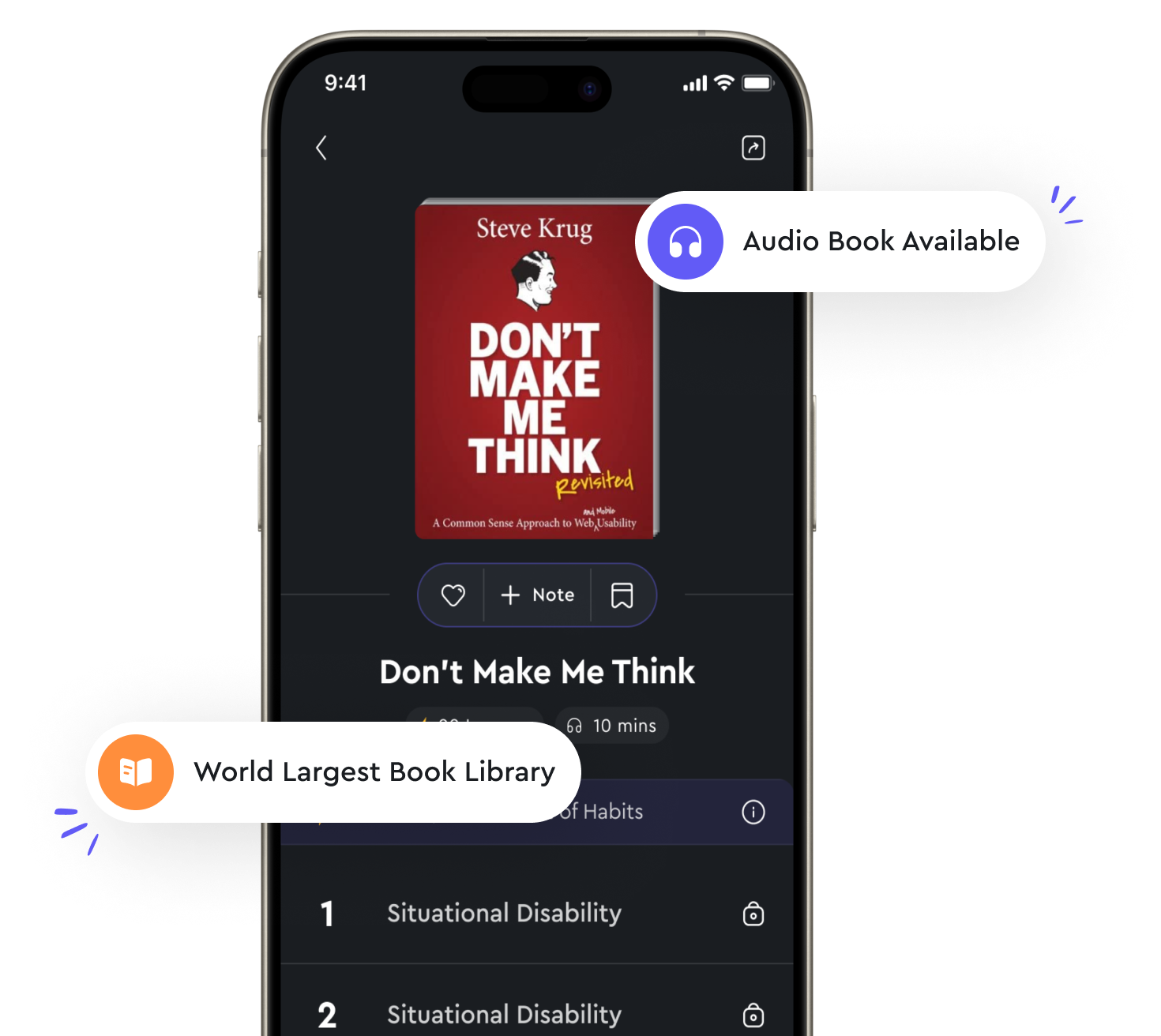Practice active listening to truly understand your customers' needs from "summary" of Exactly How to Sell by Phil M. Jones
To truly understand your customers' needs, it is essential to practice active listening. This means fully engaging with what your customer is saying, rather than simply waiting for your turn to speak. Active listening involves not only hearing the words that are being spoken but also understanding the emotions and motivations behind them. When you practice active listening, you are able to pick up on subtle cues and signals that can provide valuable insights into your customer's needs. By paying attention to their tone of voice, body language, and choice of words, you can gain a deeper understanding of what they are looking for and tailor your approach accordingly. Active listening also involves asking probing questions to clarify any points that are unclear and to encourage your customer to elaborate further. This shows that you are genuinely interested in what they have to say and that you are committed to finding the best solution for them. Additionally, active listening requires you to show empathy and validation towards your customer's concerns. By acknowledging their feelings and demonstrating that you understand where they are coming from, you can build trust and rapport, which are essential for a successful sales relationship.- By practicing active listening, you can gain valuable insights into your customers' needs, build trust and rapport, and ultimately increase your chances of making a sale. So, the next time you are interacting with a customer, remember to listen actively and attentively to truly understand what they are looking for.

